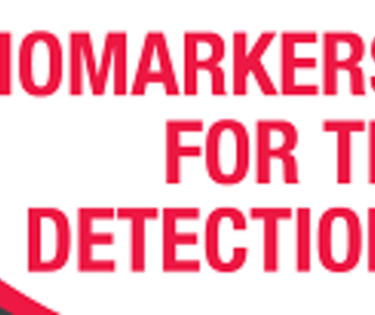NDWG priority addressed
To reduce the current gap of 3.6 million TB cases missed each year and improve TB case detection through the development and use of accurate tests that are suitable for use in a patient-centered fashion at all levels of the healthcare system, including at the point of care.
Required tests:
Tests that can be used at all levels of the healthcare system, including at the point of care, for all populations, including children and those living with HIV, in particular a non-sputum-based biomarker test for diagnosis and a triage/rule-out test.
Background
Among the high-priority Target Product Profiles (TPPs) for TB diagnostics published by the World Health Organization (WHO), a non-sputum-based biomarker test for diagnosis and a triage/rule-out test were rated highest by all stakeholder groups. However, despite decades of research and significant investments to identify TB biomarkers, leading to a large number of studies and publications, no diagnostic test with sufficient performance is imminent, and the search for predictive (non-DNA) biomarkers remains a priority. The lack of a good understanding of the current landscape for TB biomarkers and the absence of a consensus-based biomarker scoring system to identify and prioritize biomarkers with translational potential stifle test development.
Goal and Objectives
Build consensus and foster knowledge sharing to enable the identification of suitable biomarkers or biosignatures for TB point-of-care tests through:
- Development of a consensus-based biomarker scoring system to assess the status of a biomarker in relation to the intended diagnostic use-case.
- Performing a comprehensive and systematic review of relevant biomarkers for point of care tests for the detection of active TB (see TPPs mentioned above).
- Development of a TB biomarker database as a unique resource including the most promising biomarker candidates, along with the evaluation of their status and development stage.




